However, noun is not a semantic category, so it cannot be characterized in terms of its meaning. Thus, actions and states of existence can also be expressed by verbs, qualities by adjectives, and places by adverbs. Many different types of nouns exist, including proper and common nouns, collective nouns, mass nouns, and so forth. Proper nouns are specific types of nouns that are also called proper names. While common nouns start with a lowercase letter, proper nouns start with a capital letter.
Learn more about proper nouns, how to identify them, and how to use them through definitions and examples. Students of English grammar classes are often confused by the difference between common nouns and proper nouns. Simply put, a proper noun is capitalized while a common noun is not. View a few examples of common and proper nouns before breaking these grammar concepts down.
Each of the four examples above contains an adjective and you will immediately note that each adjective is capitalized—it starts with a capital letter. That is because each of those adjectives comes from a name . Names of people, organizations, countries, towns etc are "proper nouns" and need to be capitalized in English.
Adjectives made from proper nouns are "proper adjectives" and also need to be capitalized. Los sustantivos propiosor Spanish proper nouns are the ones we use to name things or people such as Ana, Carlos, México, Brasil, Toyota and so on . What makes them easy to differentiate from common nouns is the fact tht proper nouns will always begin with capital letter as you can see in the sentences in the list. There is a pattern with words with an initial stressed /a/ sound, such as agua ("water"), that makes them seem ambiguous in gender, but they are not. Similar words include el alma / un alma ("soul"), el ala / un ala ("wing"), el águila / un águila ("eagle"), and el hacha / un hacha ("axe").
Still they are feminine and, as such, they take feminine modifiers in both singular and plural forms, and they take feminine articles in the plural form as in las aguas frías. Awesome, let's take a step closer towards unraveling the mystery of proper nouns. Just like in English, nouns in Spanish may be categorized as common or proper, count or mass, singular or plural. Unlike in English, Spanish nouns are also categorized as either masculine or feminine. For the most part, proper nouns are capitalized regardless of where they appear in a sentence.
Because proper adjectives come from proper nouns, they follow this same grammatical rule. For example, the proper adjective Mexican comes from the proper noun Mexico and would be used in a sentence like The new professor specializes in Mexican literature. As you can see, the proper adjective is capitalized even though it appears in the middle of the sentence. A proper adjective is an adjective that comes from a proper noun. Before you read any further, it might be a good idea to review our great guide to proper nouns. In brief, proper nouns are nouns that refer to unique people, places, and things.
For example, the nouns Isaac Newton, Russia, and Twitter are all proper nouns. In general, we use proper adjectives to say that something originates from a specific place or is related to a specific person. For example, something that originates from Japan is said to be Japanese and the Victorian era was the period of history during which Queen Victoria of England reigned. Now let's say that same sentence using indirect object pronouns.
In English, it would be "I bought pizza for him." In Spanish, that would be Le compré pizza. Like the direct object pronouns, indirect object pronouns come before the verb, too. Beyond this rule, proper adjectives behave much the same as any other type of adjective. This means that they are only used to modify nouns and pronouns. Proper adjectives cannot be used as subjects or objects; you need a proper noun for that.
Note that se is also used for the formal "you" (usted/ustedes). School subjects are common nouns when used generally unless they are the name of a language. Names of specific classes or courses are proper nouns. It wouldn't make sense to have sentences with only common nouns because you wouldn't know exactly what something was. However, you also wouldn't want to put proper nouns in every sentence.
This is especially true if you don't know who or what something is. So, common and proper nouns are used together in sentences to make them more enjoyable and easier to understand. You use proper nouns in sentences the same way you use common nouns, but they retain their capitalization whether or not they come at the beginning of a sentence.
Explore what sentence examples look like with proper nouns. As in English, Spanish proper nouns are typically capitalized. Examples of proper nouns include Casa Blanca , Enrique , Panamá , and Torre Eiffel . Some nouns can be either common or proper, depending on the context. For example, Luna is a proper noun when referring to the moon that circles the Earth , while luna is a common noun when it refers to a planetary satellite in general.
For example, boy becomes Thomas, river becomes the Thames River and monument becomes the Washington Monument. @ kiamlaluno Actually, in that case it is the difference between a proper noun and an adjective ("the Italians" is a noun, "italian" is an adjective). German does the same -- "the Germans", but "the german Men", even though they capitalize ALL nouns. (In fact, English is the only writing system I know of that attempts to capitalize some adjectives coming from proper nouns.) But the days of the week are clearly nouns. Capitalize proper nouns and words derived from them; do not capitalize common nouns. For learners of English, the most important feature of a noun is whether it can be counted.
A count noun is a noun that can be used after a or an or after a number (or another word that means "more than one"). Examples of count nouns are chair, nose, and occasion. Linguists often prefer to define nouns in terms of their formal properties. These include morphological information, such as what prefixes or suffixes they take, and also their syntax– how they combine with other words and expressions of particular types. Such definitions may nonetheless still be language-specific since syntax as well as morphology varies between languages.
For example, in English, it might be noted that nouns are words that can co-occur with definite articles , but this would not apply in Russian, which has no definite articles. Many European languages use a cognate of the word substantive as the basic term for noun (for example, Spanish sustantivo, "noun"). Nouns in the dictionaries of such languages are demarked by the abbreviation s. Instead of n., which may be used for proper nouns or neuter nouns instead.
In English, some modern authors use the word substantive to refer to a class that includes both nouns and noun phrases . It can also be used as a counterpart to attributive when distinguishing between a noun being used as the head of a noun phrase and a noun being used as a noun adjunct. For example, the noun knee can be said to be used substantively in my knee hurts, but attributively in the patient needed knee replacement.
Telling a proper noun from a common noun is pretty straightforward. Remember, while all proper nouns are capitalized, not all capitalized words are proper nouns. The titles of books, magazines, newspapers, movies, TV shows, songs, and plays are all proper nouns.
For longer titles, only the most important words in the title are capitalized. Prepositions and articles are not capitalized unless they are the first word. Additionally, these nouns are only capitalized when at the beginning of a sentence. The English language is unique in what it considers to be common and proper nouns, and there are special rules in place to help you identify both. Read on to learn more about the difference between common and proper nouns, how to use them correctly and how to come up with your own examples. A proper noun is a name that identifies a particular person, place, or thing, e.g.
In English and Spanish , proper nouns begin with capital letters. In Spanish you don't use capital letters with, days of the week, months of the year and languages. The difference is that "videocámara" is compound noun which is formed by the words (video + cámara) and it is functioning as the direct object in the sentence. AMIGO on the other hand is the subject of the sentence. Whatever exists can be named, and that name is a noun.
A noun is used to name people, animals, things, places, ideas or feelings. Because of their significance, nouns are divided into common nouns and proper nouns. Circle maps can be used to introduce the lesson or have students create their own list of common nouns/proper nouns. A proper noun is a noun that refers to a specific, usually one-of-a-kind noun.
Proper nouns are always capitalized, no matter where they fall in a sentence. In this post, we provide a list of some proper nouns in the English language. Notice that the direct object pronoun goes before the verb, though. In most situations, Spanish has the same sentence structure as English (Subject-Verb-Object).
But when it comes to direct object pronouns, it's Subject-Direct Object Pronoun-Verb. There is a neuter form of the definite article called 'lo'. It is used to transform adjectives, adverbs, possessive pronouns or participles in abstract nouns. Table 3 lists the pronouns in a specific order to help you conjugate verbs. This organizational chart is called a conjugation chart.
You should memorize the order and grouping of the pronouns listed. Notice thatnosotros/nosotrasis across fromyo;vosotros/vosotrasis across fromtú;élis across fromellos;ellais across fromellas;andustedis across fromustedes. It is important to maintain this form when you write the pronouns in a conjugation chart.
Also remember thatusted/Ud.andustedes/Uds.are second person pronouns in English but take the third person form of the verb in Spanish. Because objects do not have gender in English, the pronounitis used to represent a thing or object that is the subject of the sentence. There is no Spanish equivalent to the subject pronounitbecause all nouns are either masculine or feminine. If you want to say something like "it's important" or "it's raining" you simply use theélform of the verb with no pronoun. Even though the rules and resources above can help you control a large percentage of your article usage with nouns, there are an unfortunate number of exceptions.
Be sure to remember that while "I" is always capitalized, it's a pronoun not a proper noun.Take a look at the following examples to see other capitalized words that aren't proper nouns. Proper nouns and common nouns are two types of nouns. A common noun is the general name of someone or something, like the word "dog." A proper noun is the specific name of someone or something, like your dog's name Fido. Proper nouns are nouns that refer to unique places, people or organizations. The word "country" is a common noun because there are many countries.
The word "Thailand" is a proper noun because there is only one Thailand and Thailand is its name. Your name is a proper noun and in English we spell it with a capital letter at the start . The main categories are proper and common nouns, concrete and abstract nouns, and countable and uncountable nouns and compound nouns. You've still got your proper nouns (María), abstract nouns , countable nouns (el libro – los libros) and collective nouns (panal, archipiélago). This is what you are going to master in the next few minutes of reading. Countries are a type of nouns, whereas nationalities are adjectives.
Let's find out what proper nouns are all about in this lesson. We will first briefly learn about nouns, and then learn to distinguish between common nouns and proper nouns. With proper nouns, the first letter of the proper noun is always capitalised and so is the first letter of the common noun immediately following it. Examples of this are the Nile River, Middlesex County, and the Civil War. An exception to this rule is when the proper noun is a name. For example, in Michael's truck, truck is not capitalised.
They were formed from the names of old pagan gods (e.g. Friday—Freya's Day), so they are capitalized as proper nouns. For example, we would say My brother lives in Brazil and not My brother lives in Brazilian. You should be aware that some words, such as the names of languages, can be used either as a proper noun or a proper adjective. For example, both the sentences I love French cuisine and French is her second language are grammatically correct.
Remember that a subject pronoun is used to replace a noun that is the subject of the sentence. If the subject is a single person, useélorellato replace the person's name, depending on the gender of the person. If the subject is more than one person, use the pronounellosunless all of the people included in the subject are female. Subject pronouns in Spanish are usually not capitalized except when used as the first word of a sentence. Are always capitalized, and the longer versionsustedandustedesare not capitalized except when serving as the first word in a sentence.
The singular third person pronouns have one for each gender,heandshe.For genderless objects, the pronounitis used. The plural of the third person does not specify gender in English, so the generic pronountheyis used when talking about any group of people or things. The singular third person pronouns in English are different depending on the gender of the person being replaced . However, the plural version of these pronouns is the same regardless of gender . If the verb requires a preposition (like "talked with" or "jumped on"), the direct object pronoun stays in place; however, it requires a different pronoun in this case. See the section below on prepositional object pronouns for more.
When you are talking about a school subject in a general way, you do not need to capitalize it unless it is the name of a language. For example, science, social studies, and math do not need to be capitalized, but German and Spanish do because languages are proper nouns. A noun phrase is a phrase based on a noun, pronoun, or other noun-like words optionally accompanied by modifiers such as determiners and adjectives. A noun phrase functions within a clause or sentence in a role such as that of subject, object, or complement of a verb or preposition. Lexical categories are defined in terms of the ways in which their members combine with other kinds of expressions.
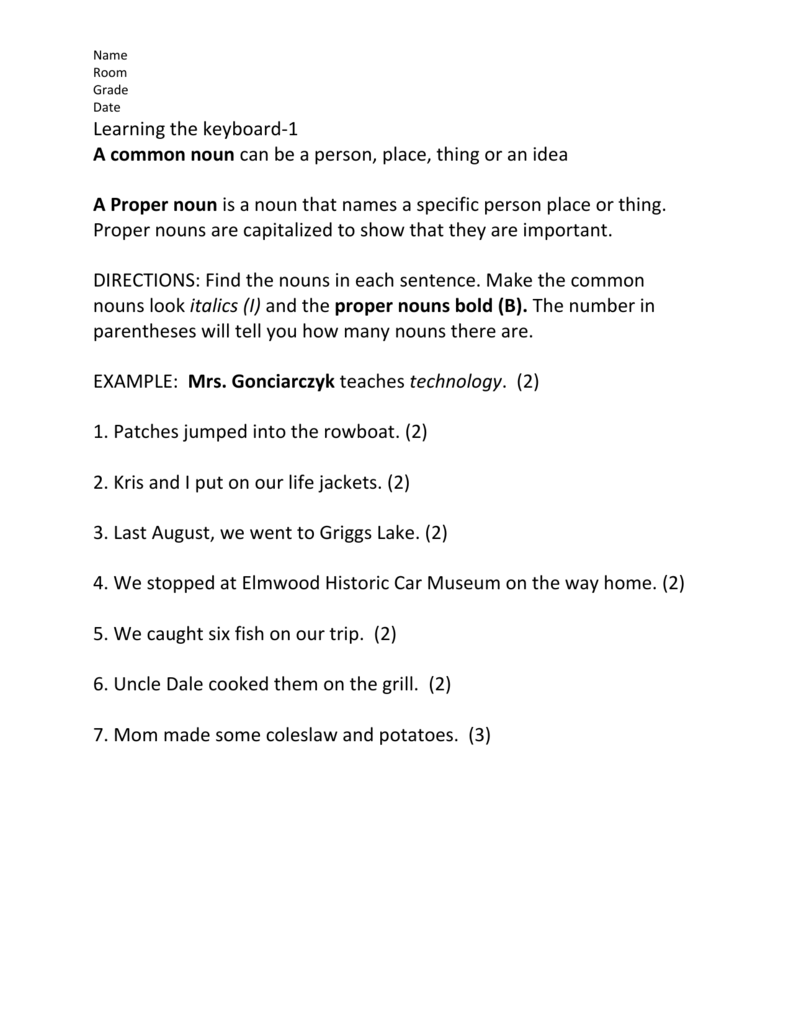







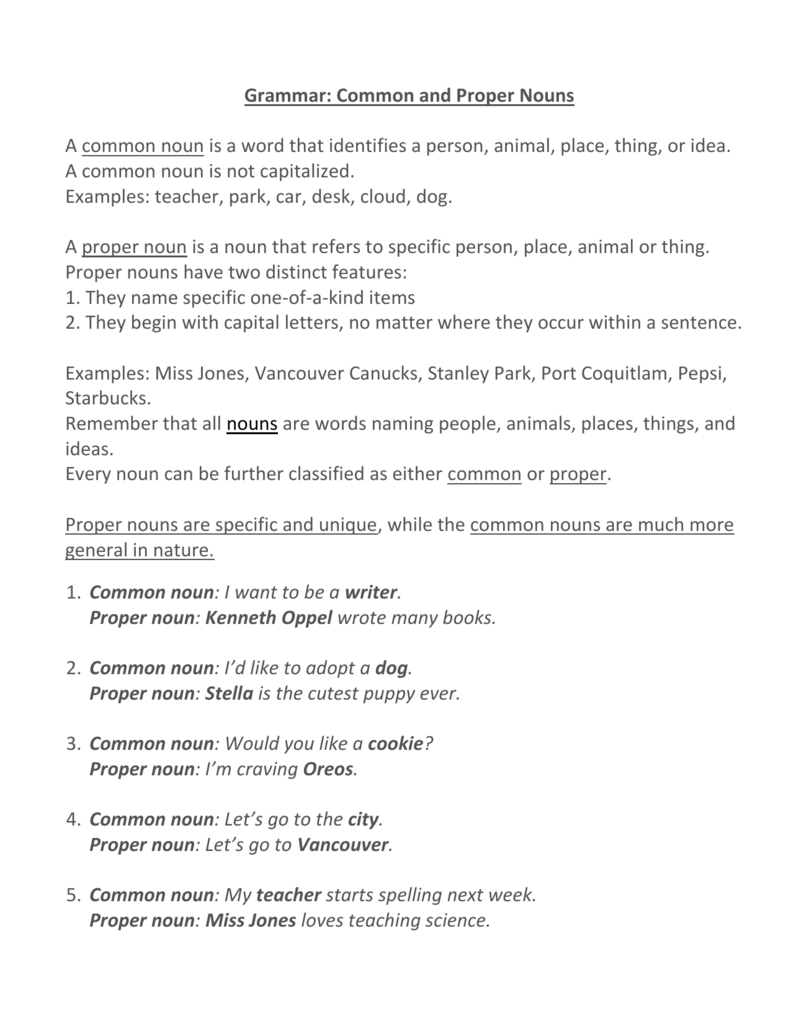






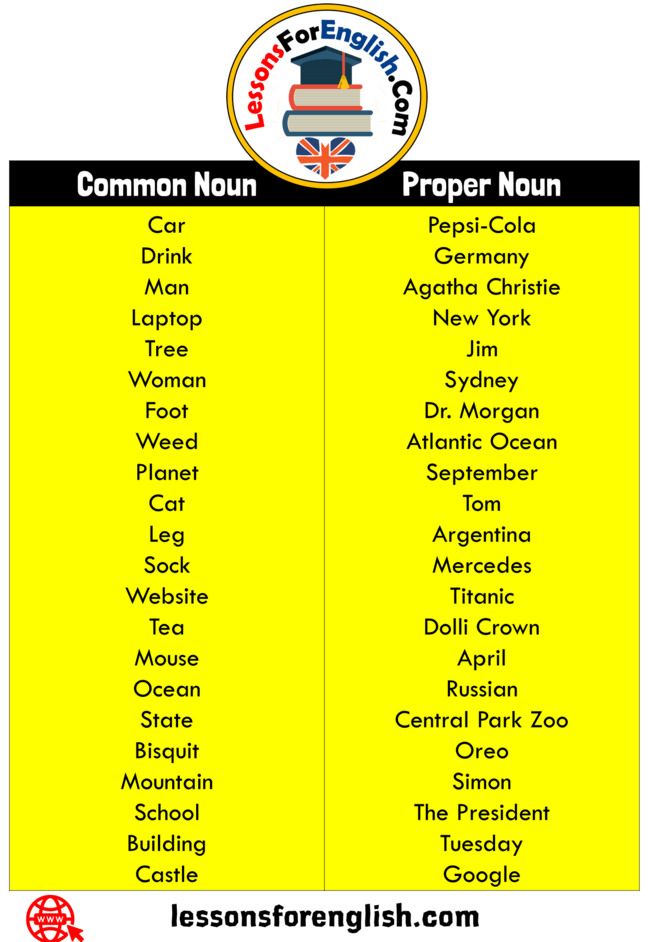
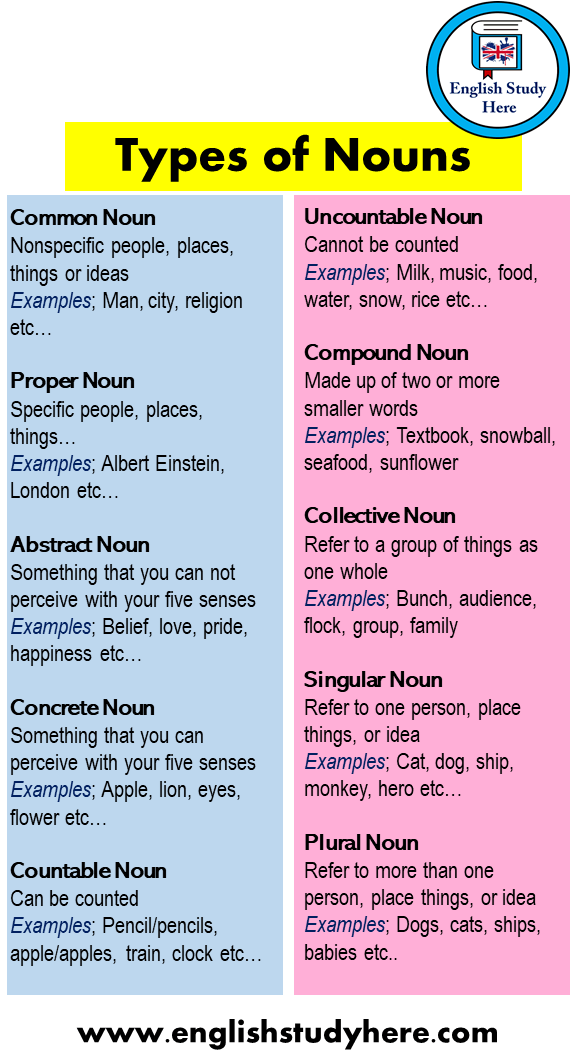
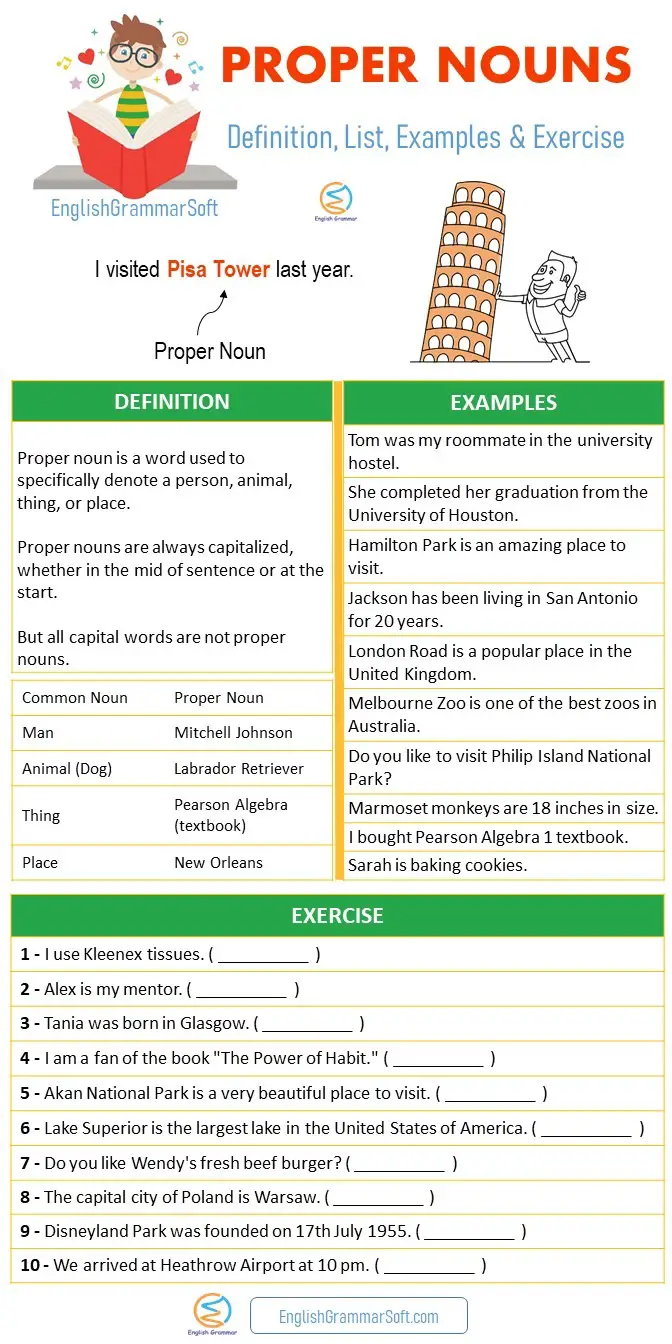





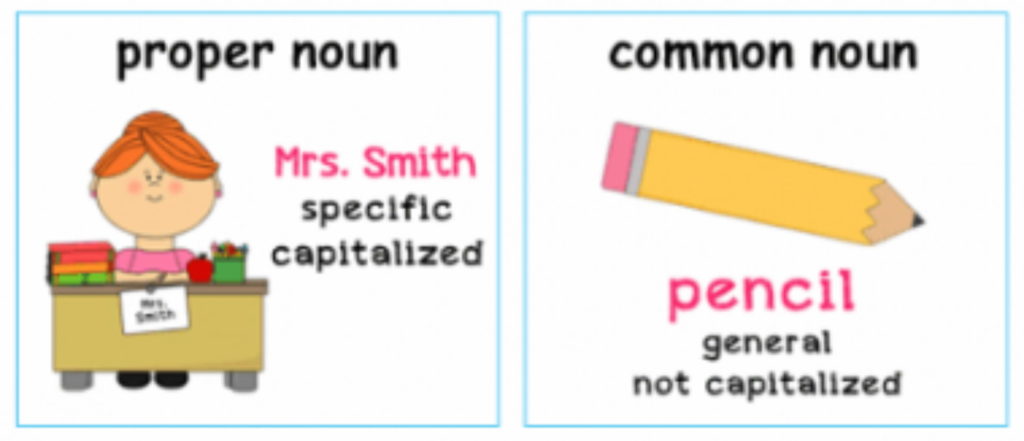





No comments:
Post a Comment
Note: Only a member of this blog may post a comment.